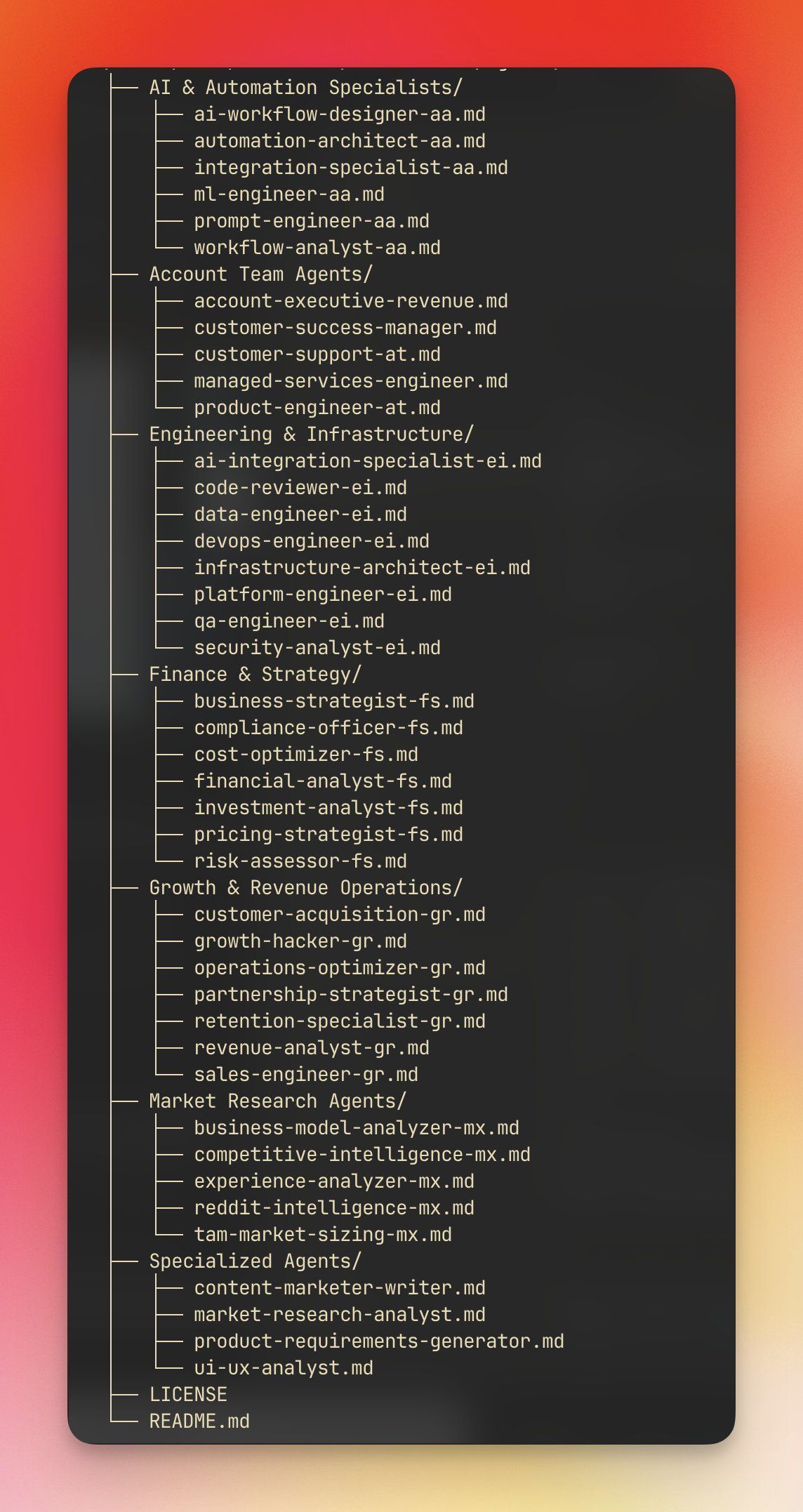- Elliot from Ghost Team
- Posts
- Your AI Hit a Wall? You Need Sub Agents. (Part 1)
Your AI Hit a Wall? You Need Sub Agents. (Part 1)
The 5x Performance Boost Nobody's Talking About
Most AI automations hit a wall when you try to scale them.
I’ve no doubt some of you have dealt with this.
You set up an agent or automation. It work great for simple tasks. Then you add complexity and watch them completely fall apart. Context gets messy. Tools conflict. The whole system becomes unreliable.
I’ve been testing Claude Code Sub Agents lately and I’m very excited about the potential here. Especially for Growth, Sales & Marketing.
Today I’ll break down:
→ Current issues with agents
→ Why Claude Code Sub Agents change the game
→ How they work
→ An example system I’ve built
Let's dive in.
Current issues with AI Agents
Here's what happens with most agents:
- single context window gets overwhelmed with information
- trying to handle everything = being mediocre at everything
- token limits destroy complex workflows
- can't run parallel processes without conflicts
- tools interfere with each other constantly
You've probably experienced this. You build an automation that works perfectly for one task. Then you add another capability and suddenly nothing works properly.
That's not a prompt problem. It's an architecture problem.
Enter Sub Agents: Your AI Organisation

Think of Sub Agents like hiring specialist team members instead of one overwhelmed generalist.
As you can see with the above image, there is A LOT you can do here. Really, you can build these agents to help across any area in your business.
Each sub-agent is laser-focused:
→ Has its own 200k token context (clean, unpolluted)
→ Only gets the tools it actually needs
→ Maintains specialised expertise for ONE thing
→ Works in parallel with other agents
The architecture solves a lot of the current issues we’re seeing with agents.
How it actually works
I’ve done a full video here explaining how they work with an example. Check it out:
In terms of the specific process, here is it:
1. User Input You prompt the outcome you want
2. Task Analysis → Claude Code analyses what needs to be done
3. The Decision Point → System checks if task matches specialised agent descriptions
4. Sub-Agent Activation → Matching tasks get delegated to specialists (parallel execution)
5. Specialised Execution → Each sub-agent works with focused expertise, clean context, right tools only
6. Results → Sub-agents report back, master agent delivers unified results

How Sub Agents Work
Real Example: LinkedIn Content System
I built this last week and it's already generated 50+ pieces of content:
Primary Agent: viral LinkedIn content/
Sub Agents:
├── research-agent/ # Scrapes trending posts
├── writer-agent/ # Creates content
└── image-agent/ # Generates visualsEach agent only gets what it needs:
Research Agent: Apify MCP, Perplexity MCP
Writer Agent: Your training data, style guides
Image Agent: Fal AI API
What’s key to notice here are the the tools you can give each agent. MCPs to enable research, training data to improve content, APIs to generate images.
I’m SO excited about the potential here, we’re going to be setting up a completely autonomous AI content agent for Ghost Team as an experiment. Expect more on this soon 👀
The improvement I’m seeing with Sub Agents
So far from my testing, here is what I’m seeing:
Resource efficiency:
- 5x faster than sequential processing
- 80% less token waste
- Zero context pollution between tasks
Quality improvement:
- each agent optimised for its specific role
- no prompt confusion or tool mixing
- predictable, consistent outputs
True scalability:
- add new agents without breaking existing ones
- swap tools without touching workflows
It’s still early days and I think claude code will make further improvements but I’ve been impressed. It’s made a big difference to our content output at Ghost Team and we’re setting it up across all areas of the business
Coming soon
Next newsletter, I'm doing a complete deep dive into building production Sub Agent systems. I'll walk through the exact LinkedIn content engine that's generating 50+ pieces weekly, including:
→ Complete architecture
→ MCP configurations for each agent
→ Prompts for each agent
Also, feel free to drop me a reply with feedback or ideas of topics you’d like to see.
I read every reply!
Know someone who may like this email? Send it to a friend!
Happy building,
Elliot
Learn how AI & Automation can grow your business.
Book a strategy call with our team below 👇
